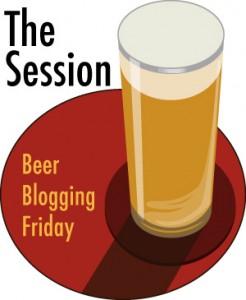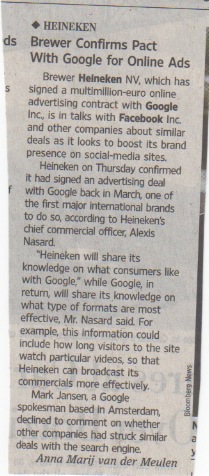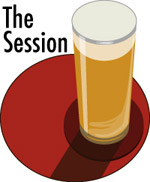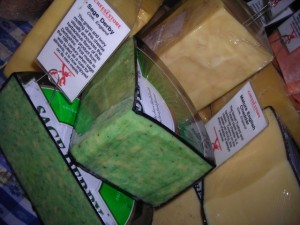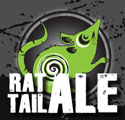Here is the topic from this month’s host, The Brew Site…..
“…we’ve had Sessions covering Summer Beers, Fruit Beers, and Wheat Beers already (all which could suitably cover summertime beer enjoyment), it occurred to me that the topic of Sour Beers fits well within the season and (surprisingly!) hasn’t come up yet.
I’ve been gradually exploring Sour Beer and finding myself seeking out and trying various beers which fit into the “sour” realm (yes, I’m purposefully avoiding the word “style” here as it is entirely too loaded): beers inoculated with wild yeasts, soured with fruit (often in conjunction with those wild yeasts and barrel-aging), lactic acid beers like Berliner Weisse-influenced beers and the rare Gose, and so on. It’s a challenging area, both in acquiring a taste for soured beer and in brewing them—fortunately many brewers are being adventurous and branching out these days, giving us many more options.
So that’s our topic for August: Sour Beer…..”
We are not talking this type of sour…..

…we’re talking about what I consider the final step in complete craft beer immersion.
If you are not scared off by sour, if you have Festina Peche in your ‘fridge like I do right now or you attend SourFest at Stone in California or Puckerfest at Belmont Station in Portland then you have probably tried the length and breadth of the craft beer world.
You are truly assimilated into this culture because, in my mind, sour beer is truly the farthest from the industrial water lager as you can go. DIPA’s and Whiskey barreled beers may take getting used to but they have an essential beer-ness that newbies can still readily identify (even if they are put off by the taste). Sours don’t do that. That is a major generalization but think about it. Most people have had a Guinness so they can take that experience and apply it to Stone’s Russian Imperial Stout like connecting one actor to Kevin Bacon in a few steps. Ballast Point’s Sculpin is a bitter bomb but even PBR drinkers could make the leap from their fizzy, yellow beer to it.
Sours have no easy beer or alcoholic touchstones that your sense memory can use to link up. Wines are tannic or sparkly but sour no. Cocktails come close but the most popular tend away from sour. So you truly are a blank slate when you start exploring the world of tartness. And if that isn’t enough to make sours one of the last beers that people get obsessed with, then the price of some of them surely will. A Cascade Kriek (excellent beer by the way) is going to set you back some coin. Consumers will pick-up many other brews before that because of the cost.
One more thing sets the sours as the final frontier. Fruit. Beers made with fruit are overcoming the stigma of being the “light” version. But much like cans being re-cast as a container for not only crappy beer, true beer nerds do not see fruit as wimpy. And lo and behold you can end up with a sour flavored with prickly pears.
All of us who have been initiated into the club of sour beer need to push, pull and cajole the others into it so that, one day, we will look back and see everyone alternating between IPA’s, cask ales and sours as if there were absolutely nothing amiss at all.
